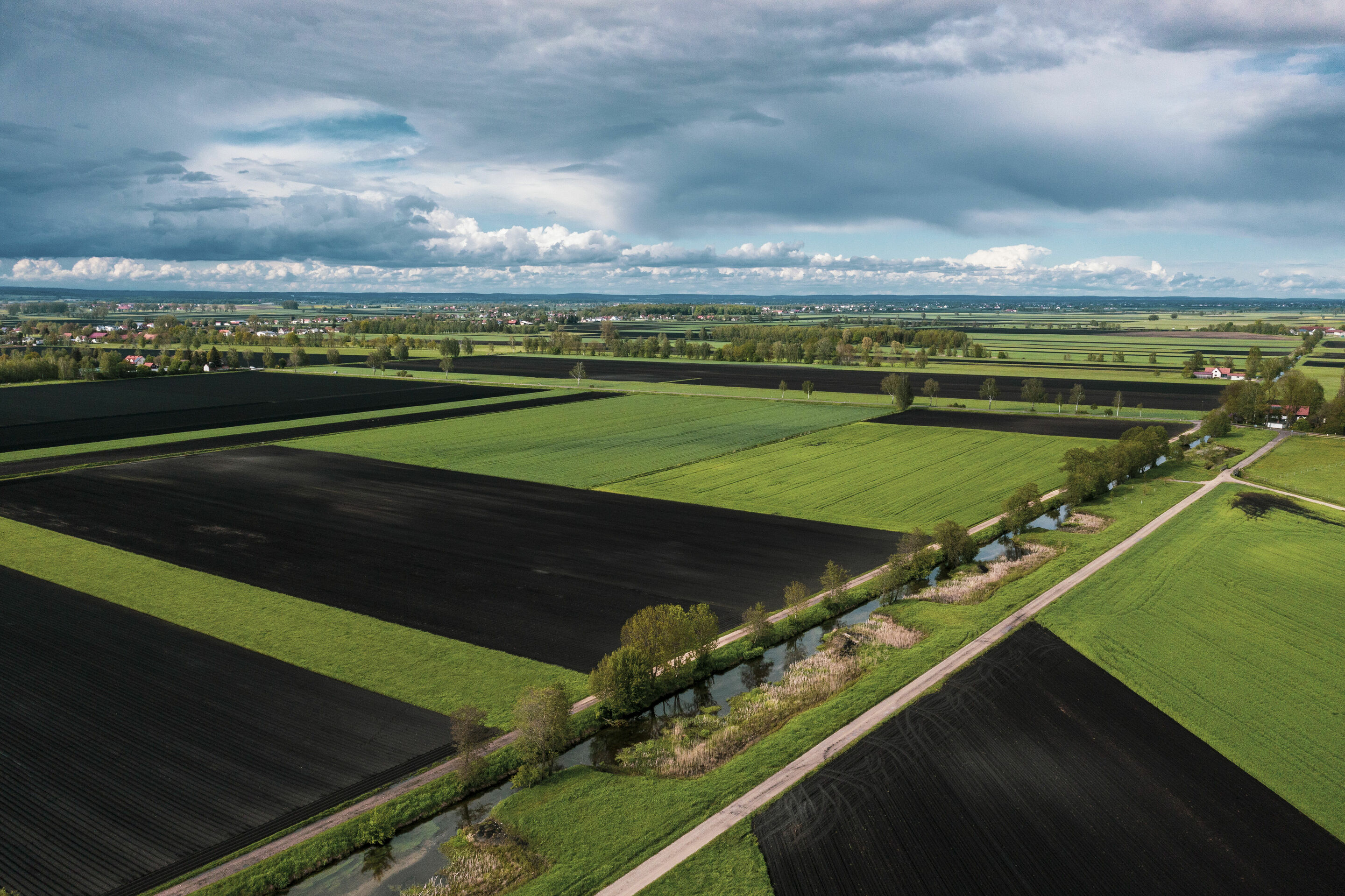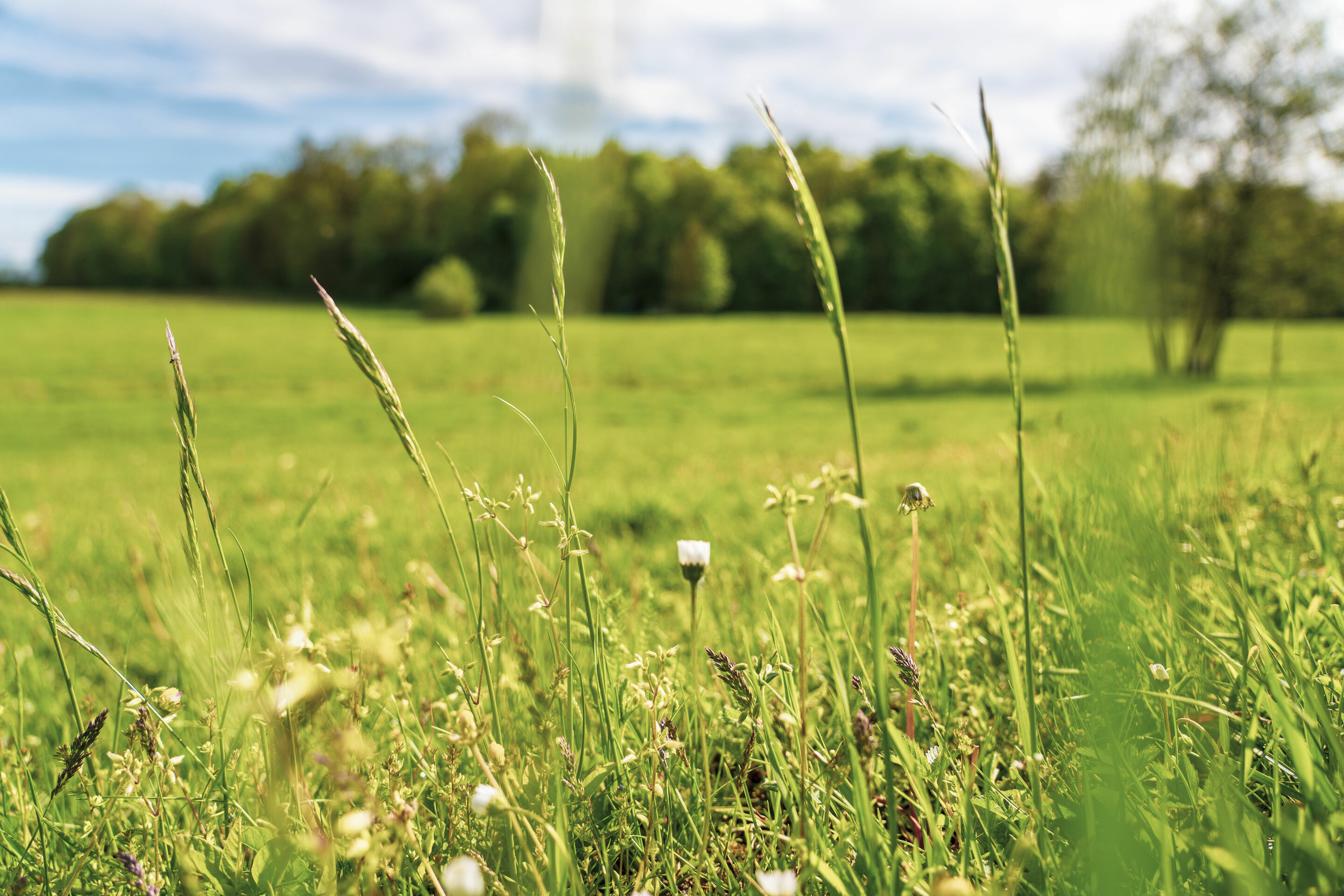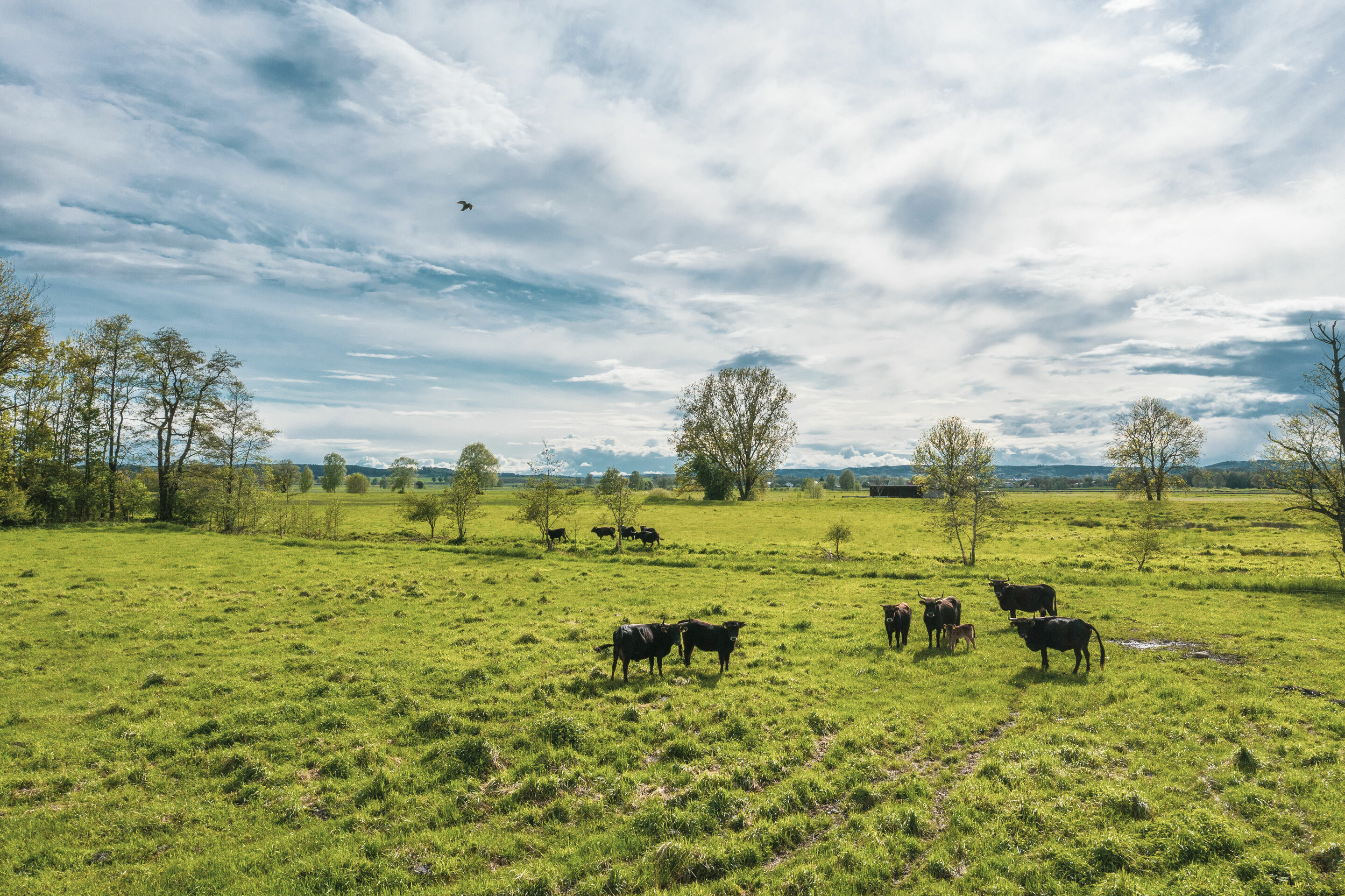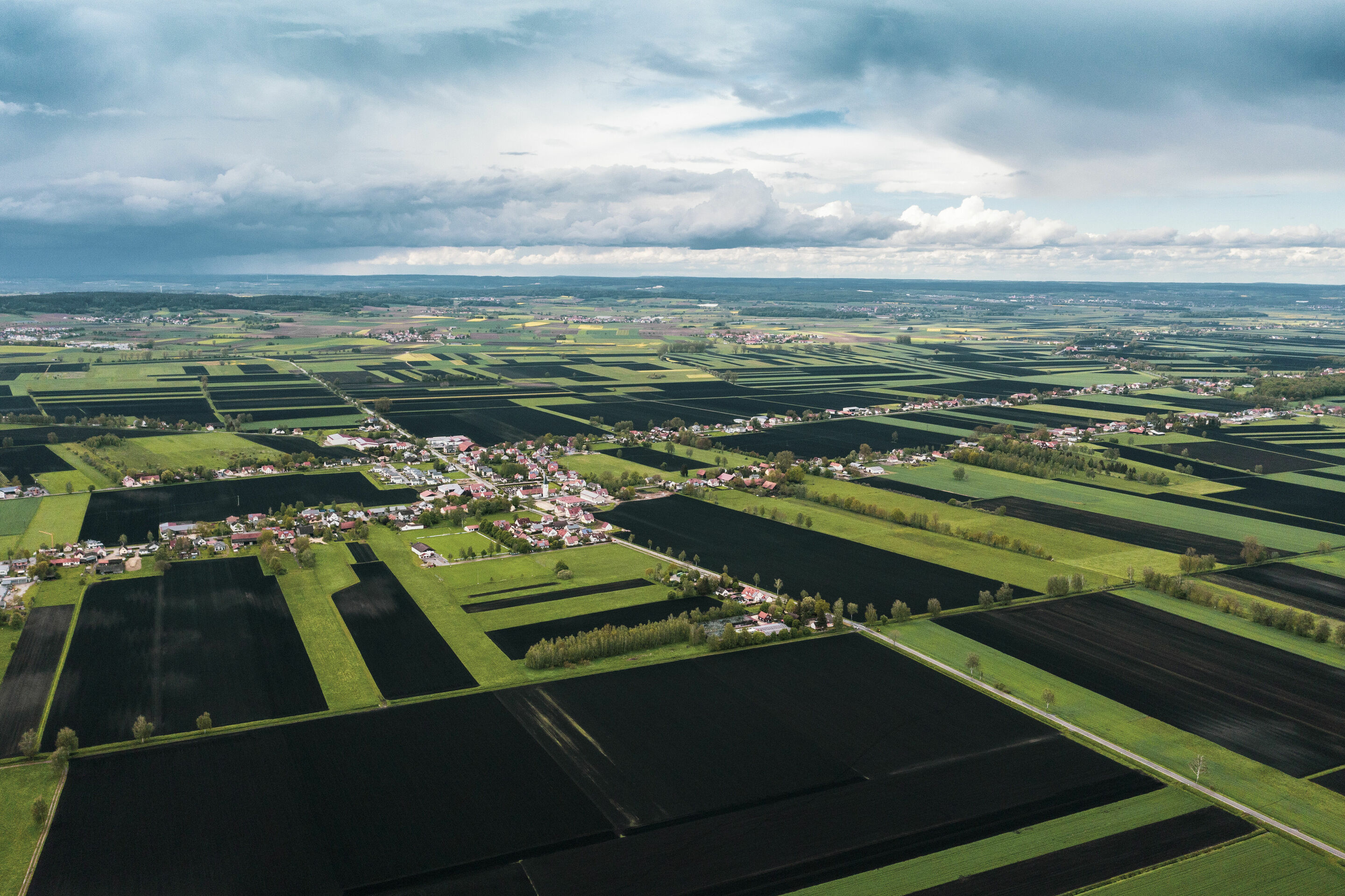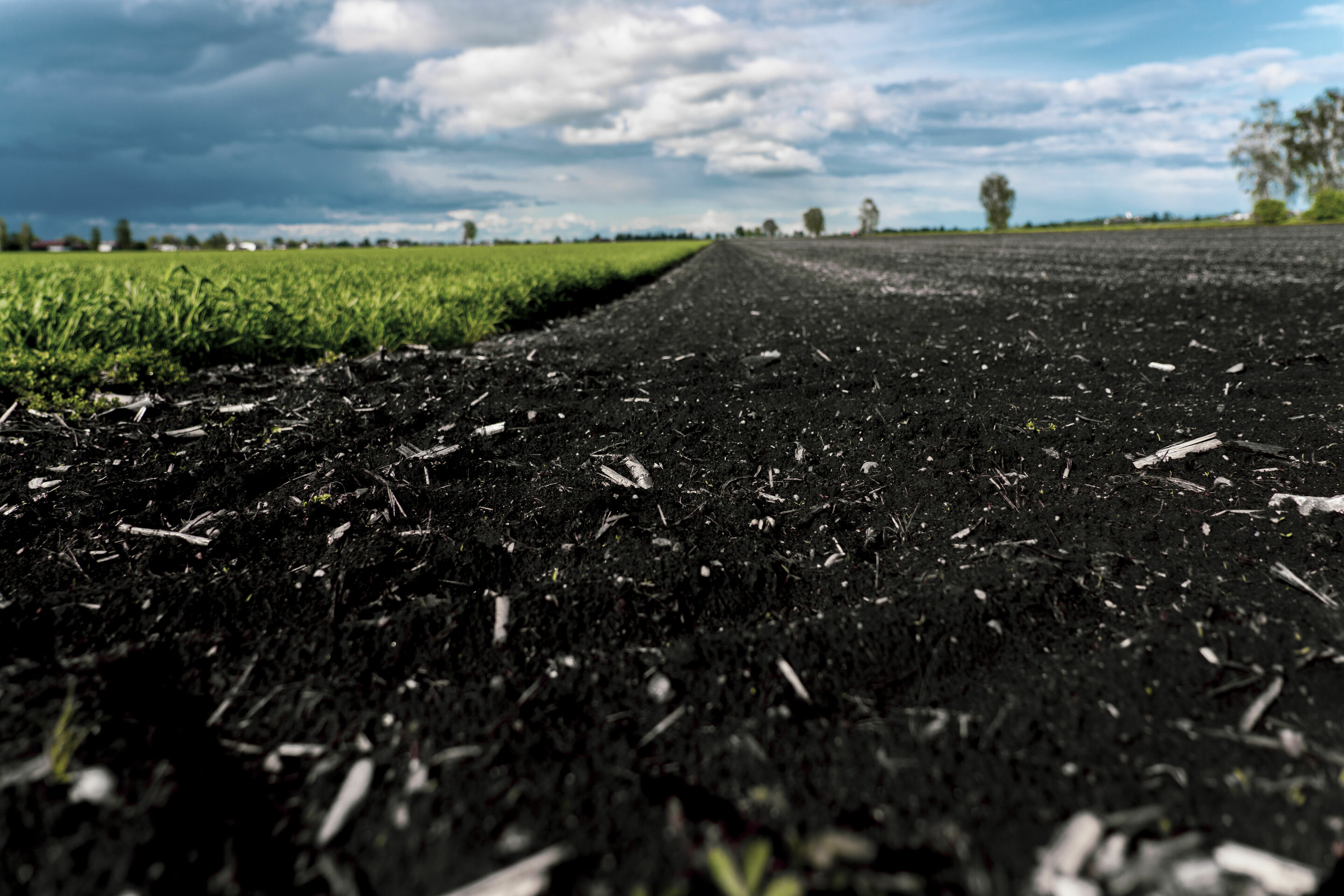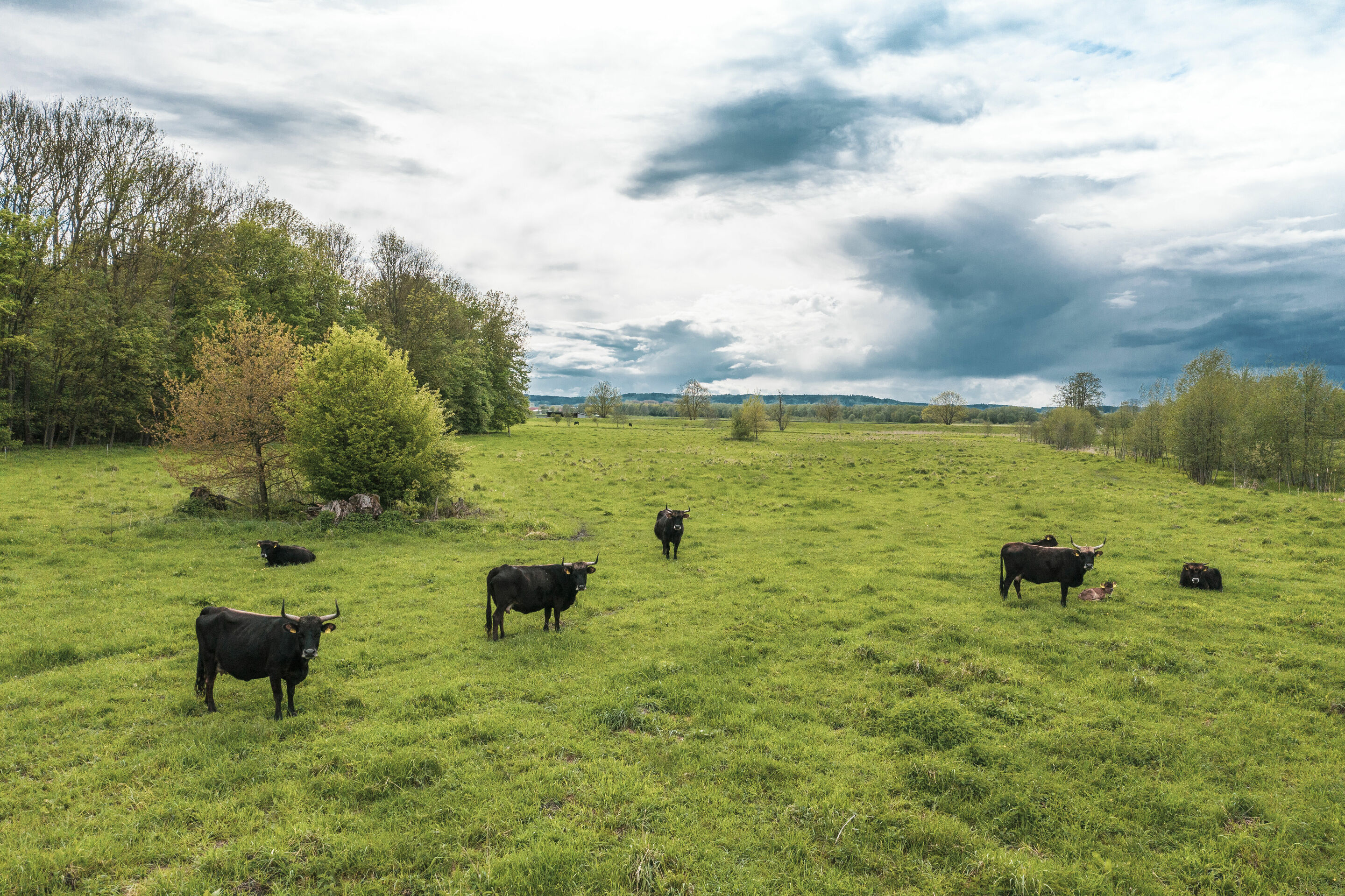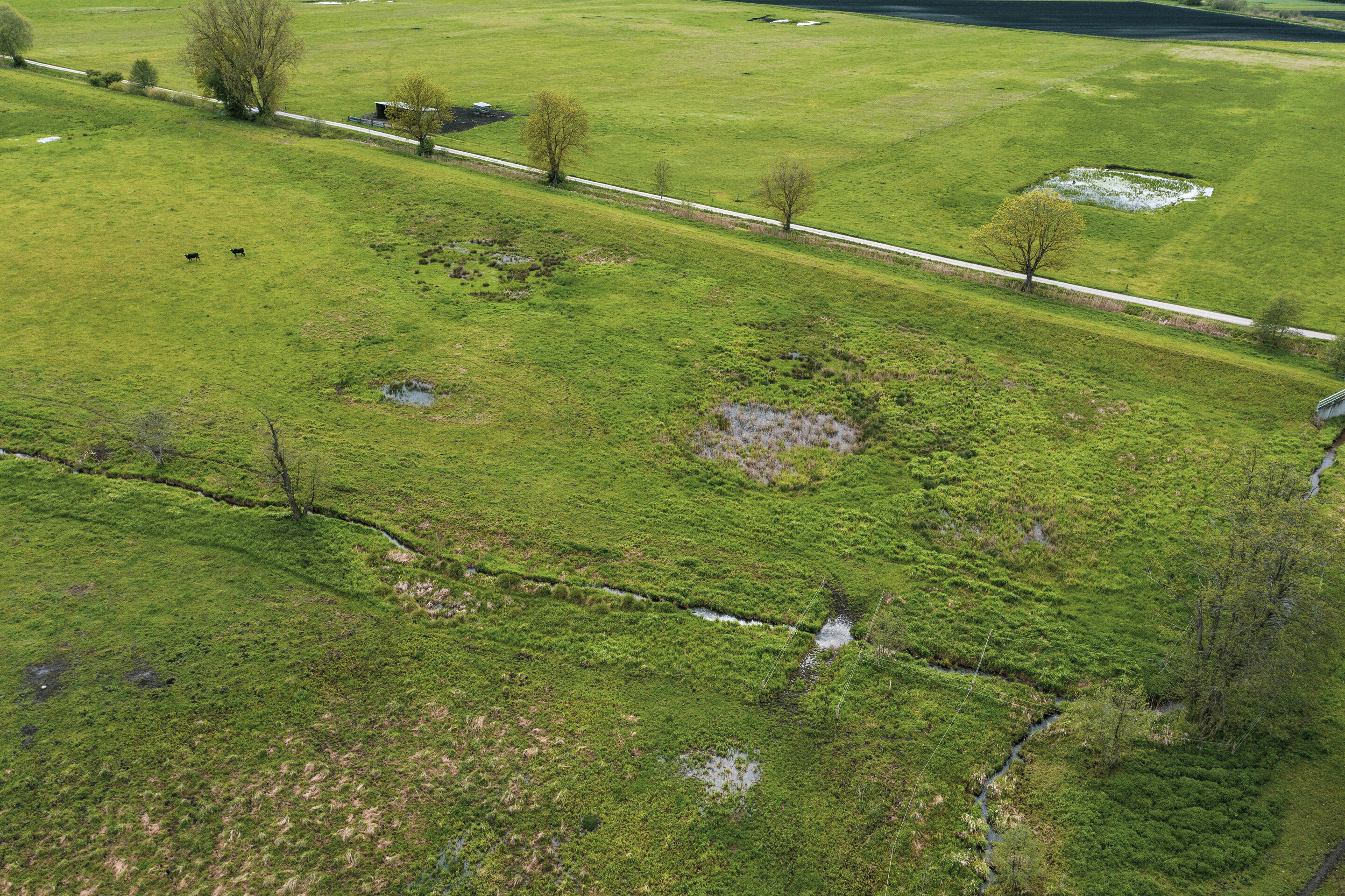Peatland protection through climate certificates: Study funded by the Audi Environmental Foundation and LEADER* highlights opportunities for the Donaumoos
- Study results show alternative uses for effective peatland protection, which a specially founded climate office is to promote starting in early May
- Climate protection measures will be remunerated with certificates, the value of which will depend on the method of rewetting used
- Audi Environmental Foundation supports first project for the rewetting of peatland in the Donaumoos
Peatlands are considered efficient long-term carbon reservoirs. By storing enormous amounts of carbon in layers of peat, they thus help reduce the amount of CO2 in the atmosphere. How the transition from drainage-based to a sustainable peat-preserving use of land can be achieved, is the subject of the feasibility study “CO2-regio”, funded by the Audi Environmental Foundation. The study examines how measures for rewetting in the Donaumoos could be reconciled with the needs of local farmers.
The Old Bavarian Donaumoos, Bavaria’s largest fen, is to be partially rewetted, which will make an important contribution to the German state’s carbon footprint. Scientists at the Weihenstephan-Triesdorf University of Applied Sciences (HSWT) have therefore spent two years researching the greenhouse gas offsetting capacity of fens, forests, and humus in the region between Ingolstadt and Augsburg and devising measures for alternative land use. In May, the CO2-regio climate office will begin implementing the first climate-certified peatland protection projects.
The study, which is funded in part by the Audi Environmental Foundation, the EU’s subsidy program LEADER*, and others, provides insights into how regional farms can use their land alternatively and receive compensation for doing so. One way of doing this is by issuing climate certificates, whose value depends on the conservation measures implemented. “Our goal is to create a value cycle of climate protection measures, greenhouse gas certificates, and those who want to contribute to climate protection,” says Jonas Galdirs, project manager at CO2-regio. The aim is to make it easier for farms to switch to wetland management that preserves the value of the soil.
Climate certificates for financial support
To this end, HSWT scientists have looked at measures such as humus formation, reforestation, agroforestry (trees and agriculture or livestock systems integrated on the same land), production of biochar, and peatland protection, and evaluated them for their financial viability via greenhouse gas certificates. “There is a wide spread between the individual measures: While humus formation makes up to two tons of carbon equivalents per hectare per year possible, reforestation achieves a figure of five to 19 tons,” says study leader and vegetation ecologist Prof. Dr. Matthias Drösler. “With 10 to 50 tons, peatland protection clearly offers the greatest leverage.”
Alternatives to drainage-based agriculture
Another important result of the study is an overview showing where which type of land use makes ecological and economic sense in the context of rewetting. Once an area is rewetted, conventional agriculture as done in the past is no longer possible. But there are alternatives: under certain conditions, installing photovoltaic systems, wet agriculture and livestock farming, or cultivating special grass-like marsh plants (paludiculture).
Biochar for the climate: Storing carbon in the long term
Among other uses, the biomass growing in the study area can be used to produce biochar. “Pyrolysis reverses the operating method of coal-fired power plants,” explains Jonas Galdirs. “Instead of burning coal, which has been storing carbon in the earth for millions of years, we’re carbonizing plants to turn them into long-term greenhouse gas reservoirs.” Incorporated into building materials (climate-positive concrete), biochar acts as a permanent carbon sink or serves as a substrate for urban trees. According to the study, a pyrolysis plant in the Donaumoos can pay for itself in about five to ten years in addition to generating climate certificates.
Project work and certificate distribution: Climate office starts work in May
In May, the CO2-regio climate office will commence activities – initially with a focus on rewetting. The non-profit organization based in Neuburg an der Donau will advise landowners, support farms, and implement climate protection projects validated and verified by the HSWT Peatland Science Centre. The proceeds will in turn benefit the participating farms. Thanks to funding from the Audi Environmental Foundation, a first project is to be launched shortly on an approximately four-hectare site in the Donaumoos. “We are convinced that peatland protection is worthwhile and will make an important contribution to a positive footprint for our region in the future,” says Rüdiger Recknagel, Director of the Audi Environmental Foundation. The non-profit climate office is expected to be self-financing from 2026.
The feasibility study at a glance:
Study period: May 2021 to April 2023
Project sponsor: “Energie Effizient Einsetzen” association
Funding: EU’s subsidy program LEADER, Audi Environmental Foundation, and an association of regional municipalities, cities, and counties
Partners: Weihenstephan-Triesdorf University of Applied Sciences (HSWT) and Prolignis
Peatlands as long-term carbon reservoirs: Launch of regional feasibility study “CO2-regio”.
More about CO2-regio and the feasibility study on carbon certificates
More about the Audi Environmental Foundation’s involvement
*LEADER (Liaison Entre Actions de Développement de l'Économie Rurale) is a bottom-up European Commission approach that brings together farmers, rural businesses, local organizations, authorities, and individuals from different sectors in local action groups (LAGs). LAGs develop their own local development strategies and manage their own budgets. The LEADER approach strengthens connectedness in local communities, promotes cross-sector innovation, and makes it easier for LAGs to share knowledge at the national and EU levels.
